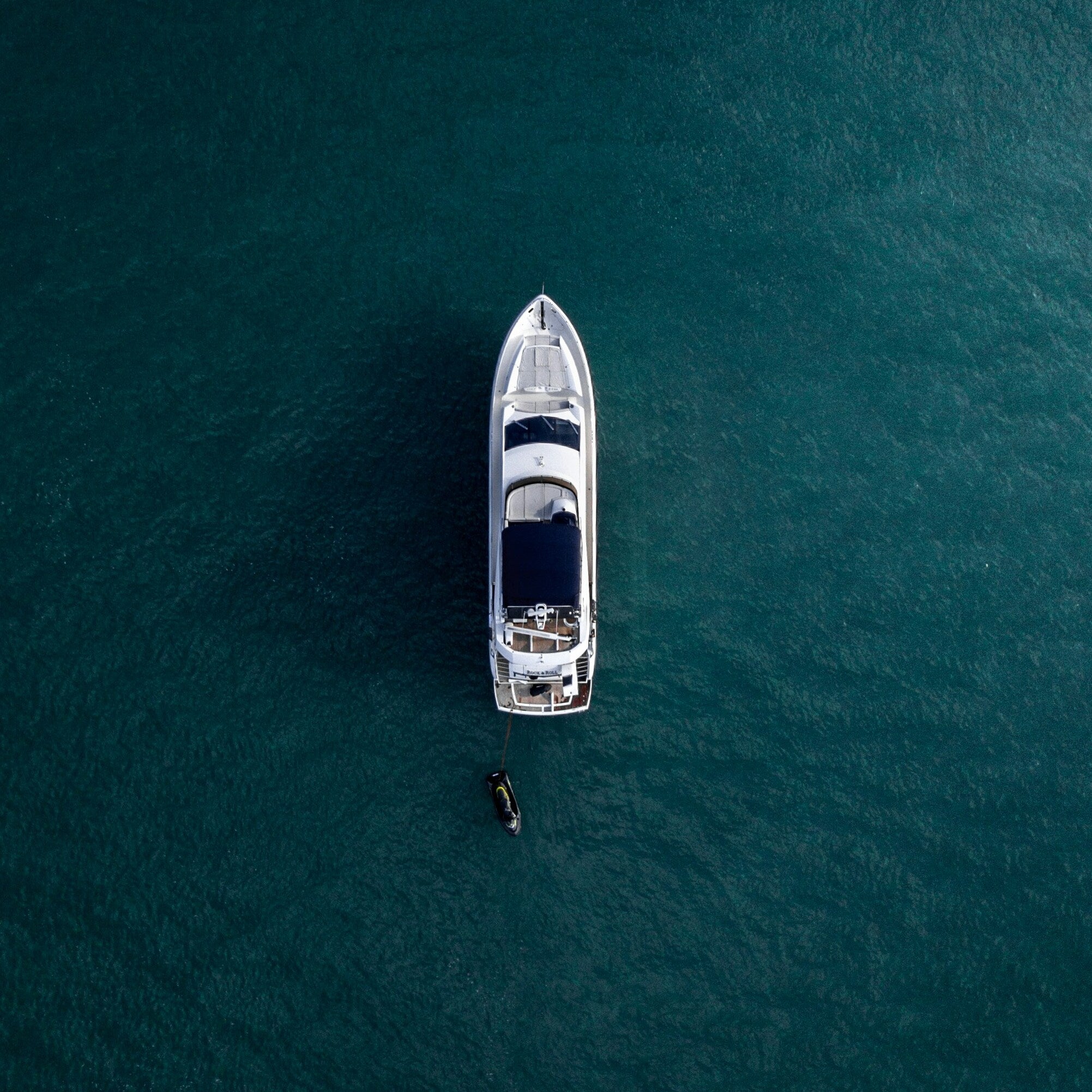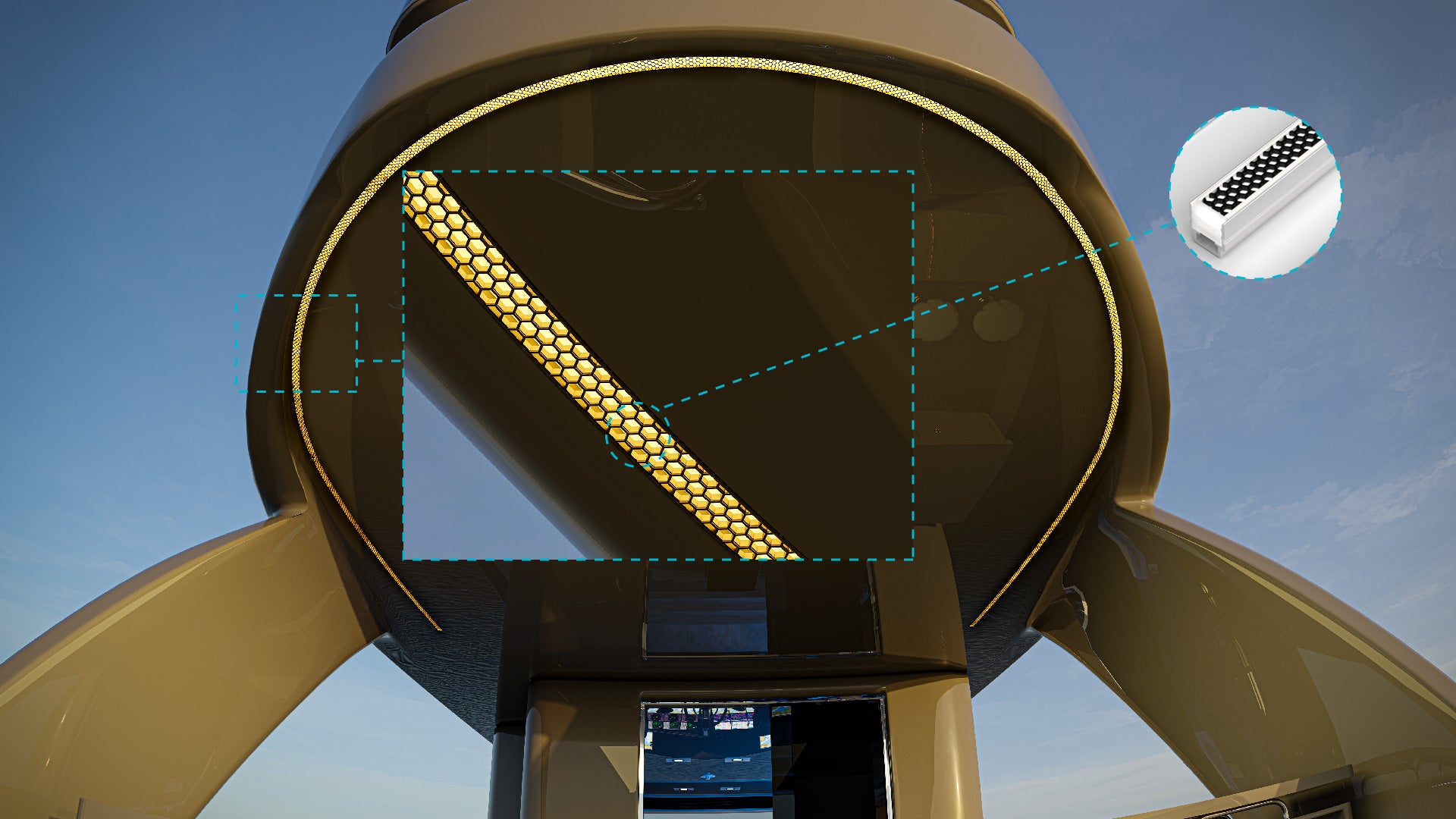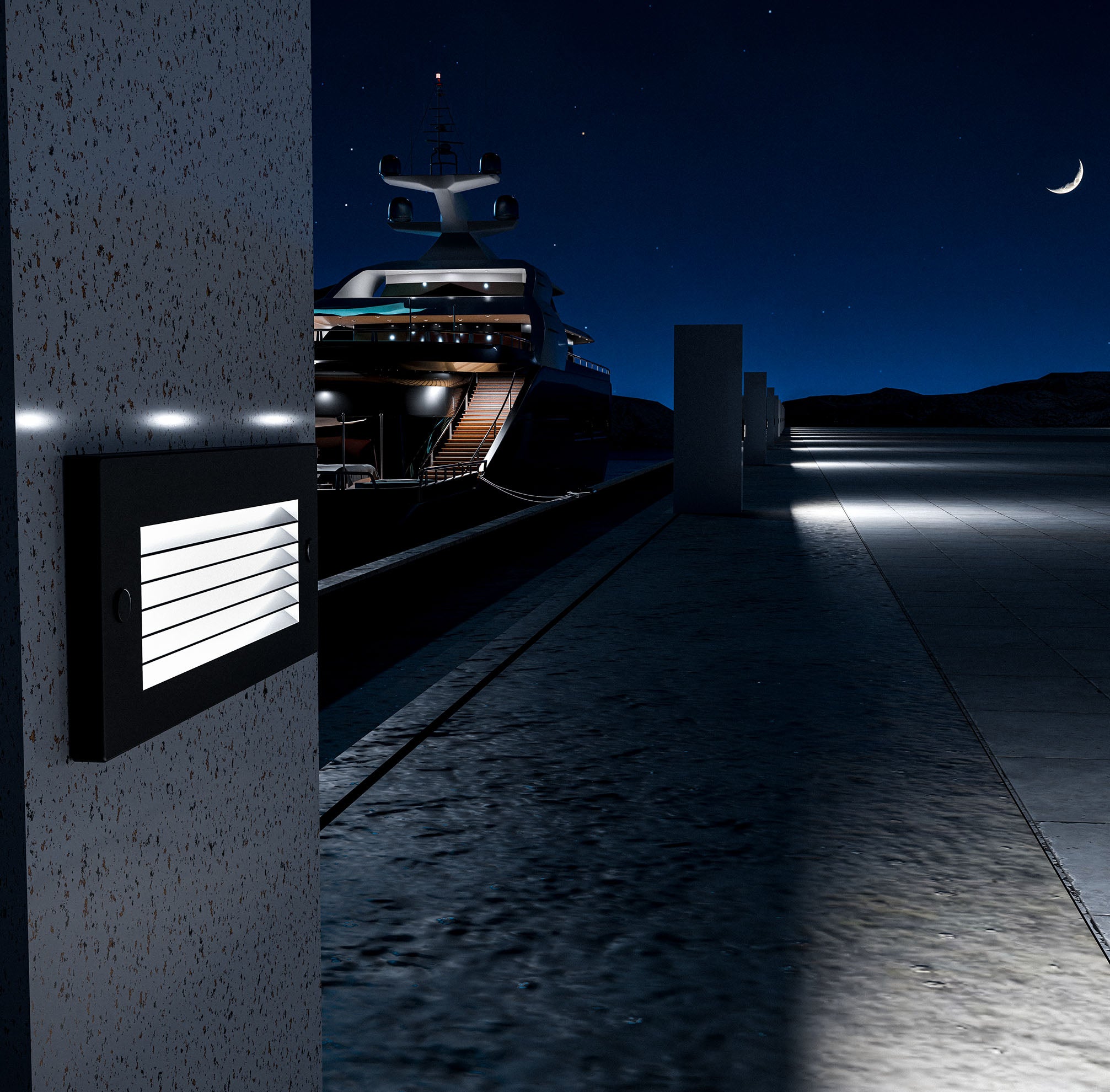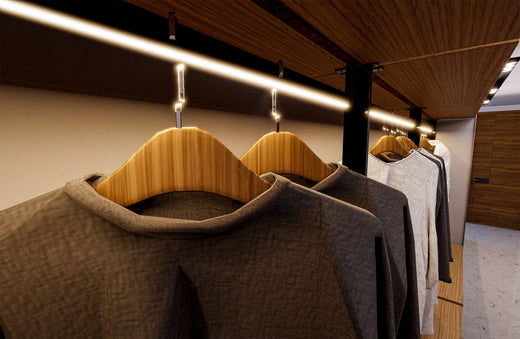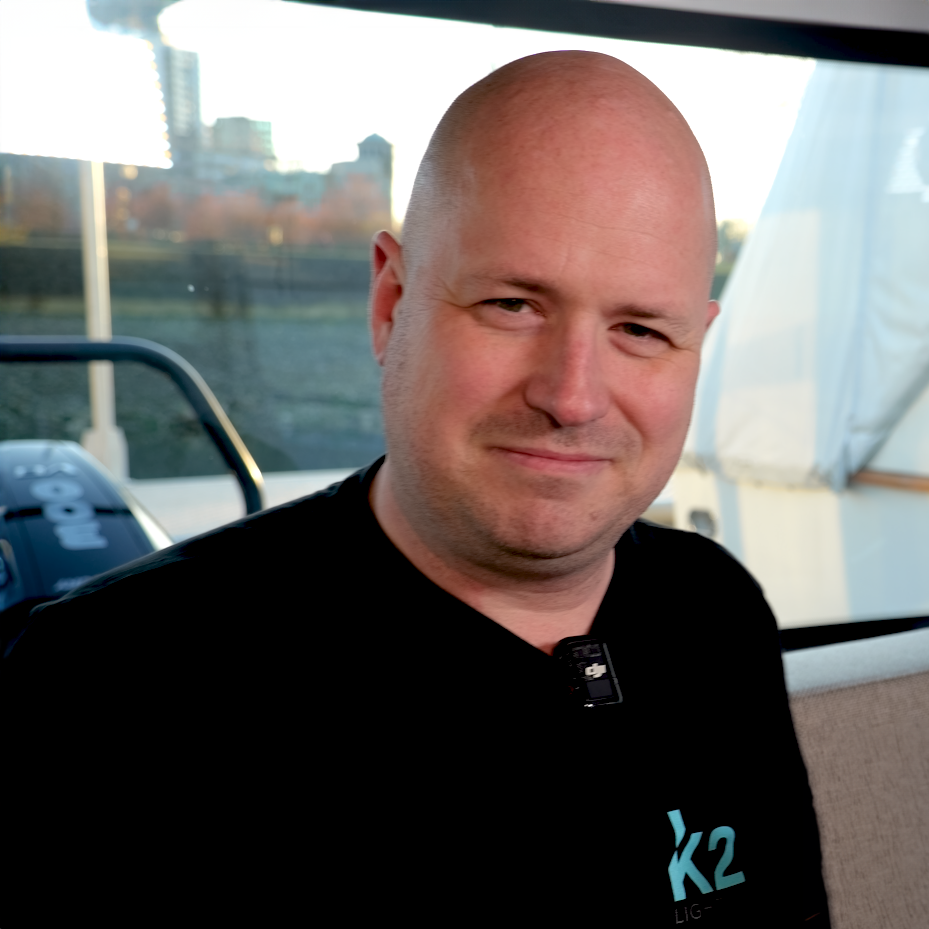Lighting plays a critical role in marine environments, influencing safety, energy efficiency, and overall onboard experience. Whether you're navigating open waters, performing night-time maintenance, or simply relaxing in your cabin, the right lighting system can make all the difference. Historically, traditional lighting systems such as halogen, incandescent, and fluorescent bulbs have been the standard for boats. However, marine-grade LED lighting has rapidly emerged as the preferred choice, offering enhanced durability, energy savings, and long-term reliability.
In this blog, we’ll compare marine-grade LED lighting with traditional lighting systems across key performance factors, including energy efficiency, durability, light quality, cost, and environmental impact. By the end, you'll have a clear understanding of which lighting solution is best suited for your vessel and why investing in marine-grade LEDs might be one of the smartest upgrades you can make.
Understanding Marine-Grade LED Lighting and Traditional Lighting Systems
What is Marine-Grade LED Lighting?
Marine-grade LED lighting is specifically engineered to withstand the challenging conditions of marine environments, including exposure to saltwater, humidity, UV rays, and temperature fluctuations. These lighting systems are built with high IP (Ingress Protection) ratings, ensuring resistance to water and dust intrusion, making them ideal for both above-deck and underwater installations. LEDs (Light Emitting Diodes) convert energy into light with minimal waste, providing superior efficiency and brightness while consuming a fraction of the power traditional bulbs require.
Marine-grade LEDs are highly versatile, with applications ranging from navigation and deck lighting to underwater and interior cabin illumination. Beyond efficiency, they also offer advanced features like dimmability, motion sensors, and integration with smart control systems, further enhancing their appeal for modern boat owners.
What are Traditional Marine Lighting Systems?
Traditional marine lighting systems encompass halogen, incandescent, and fluorescent bulbs, which were the standard choices before LEDs became mainstream. Halogen lights, known for their bright and warm illumination, have long been favored for deck and task lighting. Incandescent bulbs, while inexpensive upfront, are highly inefficient and prone to frequent burnout. Fluorescent lights offer slightly better energy efficiency than halogen and incandescent bulbs but are fragile and less durable in marine settings.
While these traditional systems still exist on many older vessels, they have significant drawbacks, including high energy consumption, shorter lifespans, and limited resistance to harsh marine conditions. For boat owners seeking reliable, long-lasting lighting solutions, traditional systems are increasingly being phased out in favor of LEDs.
Energy Efficiency: LED vs. Traditional Lighting
Energy Consumption Differences
One of the most significant advantages of marine-grade LED lighting is its energy efficiency. LEDs consume up to 80% less energy than traditional halogen or incandescent bulbs while delivering the same or higher levels of brightness. For example, a typical halogen bulb might consume 50 watts to produce a specific brightness level, whereas an LED fixture can achieve the same output using just 10 watts.
This dramatic reduction in energy draw has a direct impact on a boat's power reserves, allowing batteries to last longer and minimizing the need for generator usage. For extended voyages or off-grid anchoring, this efficiency is invaluable, providing reliable lighting without draining essential power systems.
Heat Emissions
Traditional lighting systems, particularly halogen bulbs, generate a significant amount of heat, which can become problematic in confined marine spaces. This excess heat not only wastes energy but can also contribute to increased cooling demands in cabins and engine rooms, adding to the overall power consumption.
In contrast, LED lights produce minimal heat, converting most of their energy into light rather than thermal waste. This not only improves energy efficiency but also enhances onboard safety by reducing the risk of heat-related incidents, such as accidental burns or fire hazards.
Real-World Example
Imagine a boat with 20 cabin lights running for an extended period overnight. If traditional halogen bulbs consume 50 watts each, the total power draw would be 1,000 watts. With marine-grade LEDs consuming just 10 watts per bulb, the total power draw drops to 200 watts—an 80% energy savings that extends battery life and reduces generator fuel usage.
Durability and Lifespan Comparison
LED Lifespan vs. Traditional Bulbs
Marine-grade LEDs are known for their exceptional lifespan, often rated for over 50,000 hours of continuous operation. In contrast, traditional incandescent bulbs typically last around 1,000 hours, while halogen bulbs average 2,000 hours. This means that for every one LED bulb, you might need to replace 25 incandescent bulbs or 10 halogen bulbs over time.
The longer lifespan of LEDs significantly reduces maintenance demands, saving both time and money. For hard-to-reach fixtures, such as masthead or underwater lights, this durability is especially advantageous.
Resistance to Harsh Marine Environments
Marine environments are notoriously harsh, with constant exposure to salt spray, moisture, and fluctuating temperatures. Marine-grade LEDs are designed to withstand these conditions, featuring corrosion-resistant materials like 316 stainless steel and high IP-rated seals.
Traditional bulbs, on the other hand, are far more susceptible to corrosion, moisture ingress, and premature failure in challenging marine conditions. This makes LEDs a far more reliable choice for critical applications, such as navigation lighting and underwater illumination.
Long-Term Maintenance Considerations
Over time, the frequent replacement of traditional bulbs adds up in both cost and inconvenience. LEDs, with their longer lifespan and durability, drastically reduce these ongoing maintenance requirements. For boat owners, this means fewer trips up the mast, less fiddling with fragile components, and more time spent enjoying the water.
Brightness and Light Quality
Lumen Output vs. Wattage
Brightness is measured in lumens, and marine-grade LEDs deliver higher lumen output per watt compared to traditional bulbs. This means LEDs can produce brighter light while consuming less power, making them ideal for both task lighting and ambient illumination.
For example, a 10-watt LED floodlight can deliver the same brightness as a 50-watt halogen floodlight, effectively saving energy without compromising visibility.
Color Temperature Options
Marine-grade LEDs offer a wide range of color temperatures, from warm white (2700K) for cozy cabin interiors to cool white (5000K) for precise task lighting on decks or engine rooms. Some LEDs also offer RGB (color-changing) capabilities, allowing boat owners to customize lighting for events or relaxation.
Traditional bulbs, in contrast, are limited in their color temperature range, often providing only one fixed hue.
Focused Illumination
LED lights can be engineered to produce focused beams, which are ideal for specific tasks like navigation, spotlighting, or underwater visibility. Traditional lighting systems often struggle to deliver the same level of beam precision, resulting in wasted light and uneven illumination.
Upfront Costs vs. Long-Term Savings
Initial Purchase Costs
It’s undeniable that marine-grade LED fixtures typically come with a higher upfront cost compared to traditional bulbs. However, this initial investment pays off over time through lower energy bills, reduced maintenance costs, and fewer replacements.
Operational and Maintenance Costs
When factoring in operational and replacement costs, LED lighting proves significantly more cost-effective. A single LED fixture can outlast dozens of traditional bulbs, and its energy efficiency ensures long-term savings on fuel and battery usage.
Cost Analysis Example
Consider a marine setup requiring 20 light fixtures. With traditional bulbs, recurring replacement costs, higher energy usage, and frequent maintenance accumulate quickly. In contrast, LED systems provide a stable, low-cost lighting solution that pays for itself within a few seasons.
Environmental Impact
Energy Efficiency and Carbon Footprint
Marine-grade LED lighting is widely recognized for its energy efficiency, which directly contributes to a reduced carbon footprint. With significantly lower power consumption, LEDs require less energy from onboard generators or shore power connections. This, in turn, reduces fuel consumption and associated greenhouse gas emissions. For larger vessels and commercial fleets, the environmental impact of this energy reduction can be substantial over time.
On the other hand, traditional lighting systems—especially halogen and incandescent bulbs—are highly inefficient, wasting much of the energy they consume as heat rather than light. This excess energy usage not only burdens the power supply but also contributes to unnecessary carbon emissions. As environmental regulations become stricter, particularly in sensitive marine zones, switching to LED lighting aligns with sustainability goals and helps meet compliance standards.
Waste Reduction
LED lights have an exceptionally long lifespan, often exceeding 50,000 hours of continuous use. This durability means fewer replacements, which reduces the number of discarded bulbs and minimizes the environmental impact of waste disposal. In contrast, traditional lighting systems, with their shorter lifespans, require frequent replacements, generating more waste and increasing the environmental burden.
Furthermore, certain traditional bulbs, such as fluorescent lights, contain hazardous materials like mercury. Improper disposal of these bulbs can pose serious environmental risks, especially in marine ecosystems where contamination can have far-reaching consequences. LEDs, being free from hazardous substances, offer a cleaner and more environmentally friendly alternative.
Sustainable Boating Practices
As sustainability becomes a central focus in the marine industry, more boat owners are actively seeking eco-friendly solutions. Marine-grade LEDs align with sustainable boating practices by reducing energy consumption, minimizing waste, and lowering emissions. Switching to LEDs is not only a practical upgrade but also a responsible choice for protecting the oceans and reducing the environmental impact of recreational and commercial boating activities.
Installation and Integration
Ease of Installation
Installing marine-grade LED lights is often simpler and more flexible compared to traditional lighting systems. Most modern LEDs are designed to be compatible with existing marine electrical systems, allowing for seamless retrofitting without the need for complex rewiring or additional power converters.
In contrast, traditional lighting systems often require specialized fixtures or adapters, especially when upgrading from outdated technologies. The increased power draw of traditional bulbs might also necessitate electrical upgrades, adding extra costs and effort to the installation process.
Integration with Smart Lighting Controls
One of the standout features of marine-grade LED lighting is its compatibility with modern smart control systems. LEDs can be integrated with centralized control panels, mobile apps, and voice-activated systems, allowing boat owners to control lighting zones, set timers, and adjust brightness remotely. Smart controls also enable energy optimization by automating lighting schedules and reducing unnecessary power consumption.
Traditional lighting systems lack this level of integration, relying on manual switches and basic control setups. This limitation reduces flexibility and prevents boat owners from fully optimizing their lighting usage.
Scalability
LED lighting systems are highly scalable, making them ideal for both small boats and large commercial vessels. Adding or upgrading fixtures is straightforward, and new zones can be easily incorporated into existing LED setups. Traditional lighting systems, however, often require significant electrical modifications when scaling up, making them less adaptable for future upgrades.
Applications: Where Each Lighting System Excels
Best Use Cases for Marine-Grade LED Lighting
Marine-grade LED lights excel in nearly every onboard application, including deck lighting, underwater illumination, navigation lights, and interior cabin lighting. Their durability, energy efficiency, and ability to function in harsh environments make them the go-to choice for critical applications such as mast lights, engine room lighting, and underwater installations.
Additionally, RGB LED options offer customizable lighting for entertainment areas, adding aesthetic value and ambiance to yachts and luxury boats. For commercial vessels, the long lifespan and energy efficiency of LEDs reduce operational costs significantly over time.
Best Use Cases for Traditional Lighting Systems
While LEDs outperform traditional lighting systems in most scenarios, there are still specific applications where traditional bulbs might have an edge. For example, halogen bulbs are sometimes preferred for temporary task lighting due to their bright, warm glow and lower initial cost.
On older boats where systems are built around incandescent or halogen fixtures, transitioning to LEDs might require substantial upfront investments. In these cases, traditional lighting may remain a practical option until a full lighting upgrade becomes feasible.
Transitioning to LEDs Over Time
For boat owners hesitant to make a full transition, a phased approach can be an effective strategy. Start by upgrading high-usage zones, such as cabins and navigation lights, where LEDs offer immediate energy and cost savings. Over time, replace less critical fixtures to complete the transition.
Common Misconceptions About Marine LED Lighting
LED Lights Are Too Expensive
One of the most common misconceptions about marine-grade LED lighting is that it’s prohibitively expensive. While the initial investment for LEDs is higher than traditional bulbs, the long-term savings on energy consumption, maintenance, and replacements far outweigh the upfront cost.
In reality, LED lighting systems pay for themselves over time, making them a cost-effective choice for boat owners focused on long-term value.
LED Lights Are Not as Bright as Halogen Bulbs
Another misconception is that LEDs are not as bright as halogen or incandescent lights. However, modern marine-grade LEDs deliver superior brightness with lower energy consumption. LEDs are available in various lumen outputs, and advanced optics allow them to provide highly focused, powerful beams.
LED Lights Are Hard to Install
Many boat owners assume that upgrading to LEDs requires complex rewiring or significant modifications to their electrical systems. In truth, most modern LED fixtures are designed for plug-and-play installation, making them easy to integrate with existing setups. For specialized applications, professional installation ensures seamless compatibility and optimal performance.
Final Verdict: Which Lighting System is Better?
After comparing marine-grade LED lighting and traditional lighting systems across multiple categories—including energy efficiency, durability, brightness, cost, environmental impact, and scalability—it’s clear that LEDs come out on top in nearly every aspect. While traditional bulbs may still have niche applications, their limitations in energy consumption, lifespan, and environmental impact make them less suitable for modern marine environments.
Marine-grade LED lighting offers unparalleled energy efficiency, durability, and advanced features such as smart controls and dimmability. The initial investment may be higher, but the long-term savings and reliability make LEDs the superior choice for both recreational and commercial boating applications.
Upgrading to marine-grade LED lighting is more than just a lighting improvement—it’s an investment in efficiency, safety, and sustainability. From reducing energy consumption and maintenance costs to improving visibility and onboard comfort, LEDs outperform traditional systems in every category.
As the marine industry continues to evolve, adopting energy-efficient technologies like LEDs is no longer optional—it’s essential. Whether you're outfitting a new vessel or retrofitting an older one, marine-grade LED lighting offers clear advantages for modern boat owners.
Explore K2 Lighting's range of high-performance marine-grade LED lighting solutions and discover how you can improve efficiency, safety, and aesthetics on your vessel.

